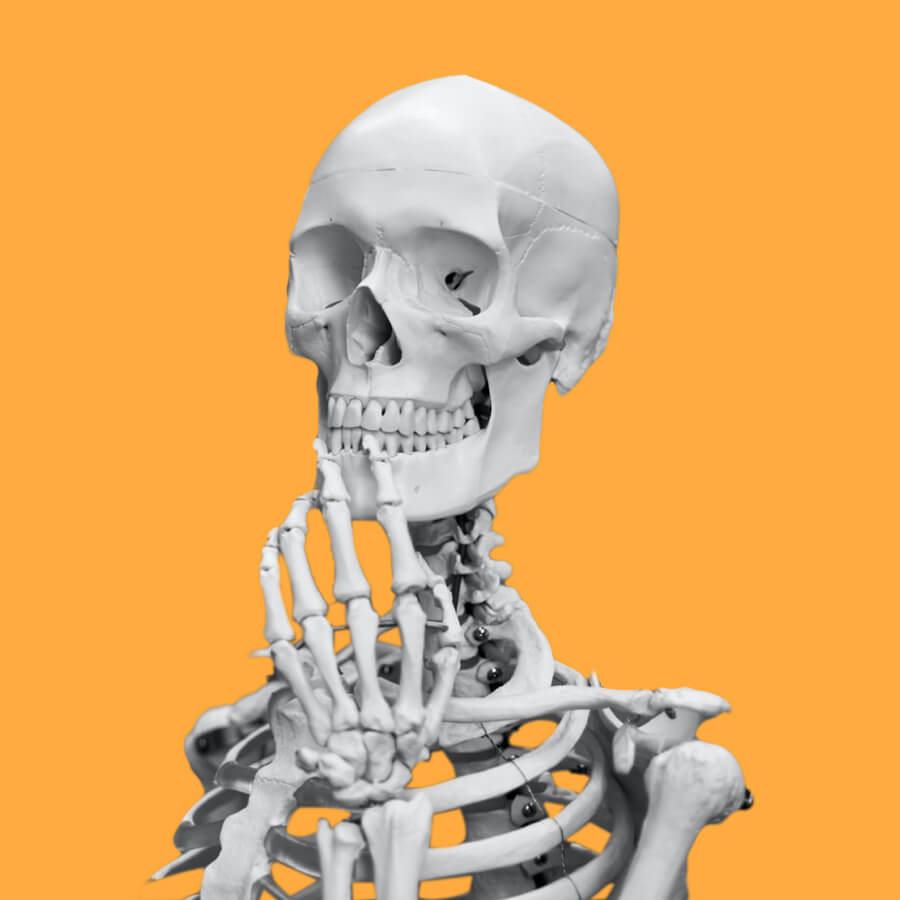Dr Frederick Tolchard
Postdoctoral Fellow
Evolutionary Studies Institute, University of the Witwatersrand

Biography
I was born in London, England in 1993 but raised in Johannesburg from an early age. I have always had a thirst for knowledge and a love of the natural world. I spent my university career at the University of the Witwatersrand and have been privileged to have done my postgraduate studies at the Evolutionary Studies Institute. I completed my BSc (Honours), MSc, and PhD under the tutelage of Prof. Jonah Choiniere. I have also had the opportunity to collaborate and worked alongside some of the best and brightest palaeontologists, both South African and from all over the world. I look forward to building a career as a researcher and exploring the evolution of life.
Disciplines
Vertebrate palaeontology, phylogenetic comparative methods
Fields of study
The end-Permian mass extinction event was the largest faunal mass extinction in the history of life on Earth. In the wake of this cataclysm, it is hypothesized that terrestrial ecosystems remained unstable throughout the Early Triassic and faunal diversity did not recover until the Middle Triassic. Continental fossil-bearing deposits of this timeframe are globally scarce, confounding study of the rebound of terrestrial diversity in the Triassic. This is especially problematic for vertebrate palaeontology because the ancestors of living birds, crocodiles and turtles (the Archosauromorpha) are hypothesized to undergo a rapid radiation at this time. Over the remainder of the Triassic Period, archosauromorph taxa diversified into many of the ecological niches left vacant by taxa that disappeared during the end-Permian mass extinction event. By the end of the Triassic Period, one archosauromorph lineage, the dinosaurs, evolved to be the dominant terrestrial megafauna: a niche they would continue to occupy throughout the Mesozoic. The Burgersdorp Formation of the Karoo Sedimentary Basin in South Africa contains one of the most extensive Early Triassic vertebrate fossil records in the world, making it an ideal study area to understand faunal recovery from the end-Permian mass extinction. Its Langbergia-Garjania Subzone (LGSz) of the Cynognathus Assemblage Zone (CAZ) represents the latest stage of the Early Triassic (Olenekian). The Driefontein 11 locality in the Free State of South Africa preserves a lagerstätte of vertebrate fossils in the LGSz. Several hundred archosauromorph specimens are included among thousands of fossil remains recovered from this site. Recent work on the Driefontein 11 fossil teeth suggests a substantial diversity of archosauromorph taxa among the fauna. However, the large-bodied Garjainia madiba remains the sole described archosauromorph taxon from the LGSz. The aim of this study is to provide a thorough review of the taxonomy and phylogeny of the archosauromorph specimens from Driefontein, to elucidate their faunal diversity, and asses their palaeobiological and palaeoecological significance for ecosystem recovery in the earliest Triassic.
